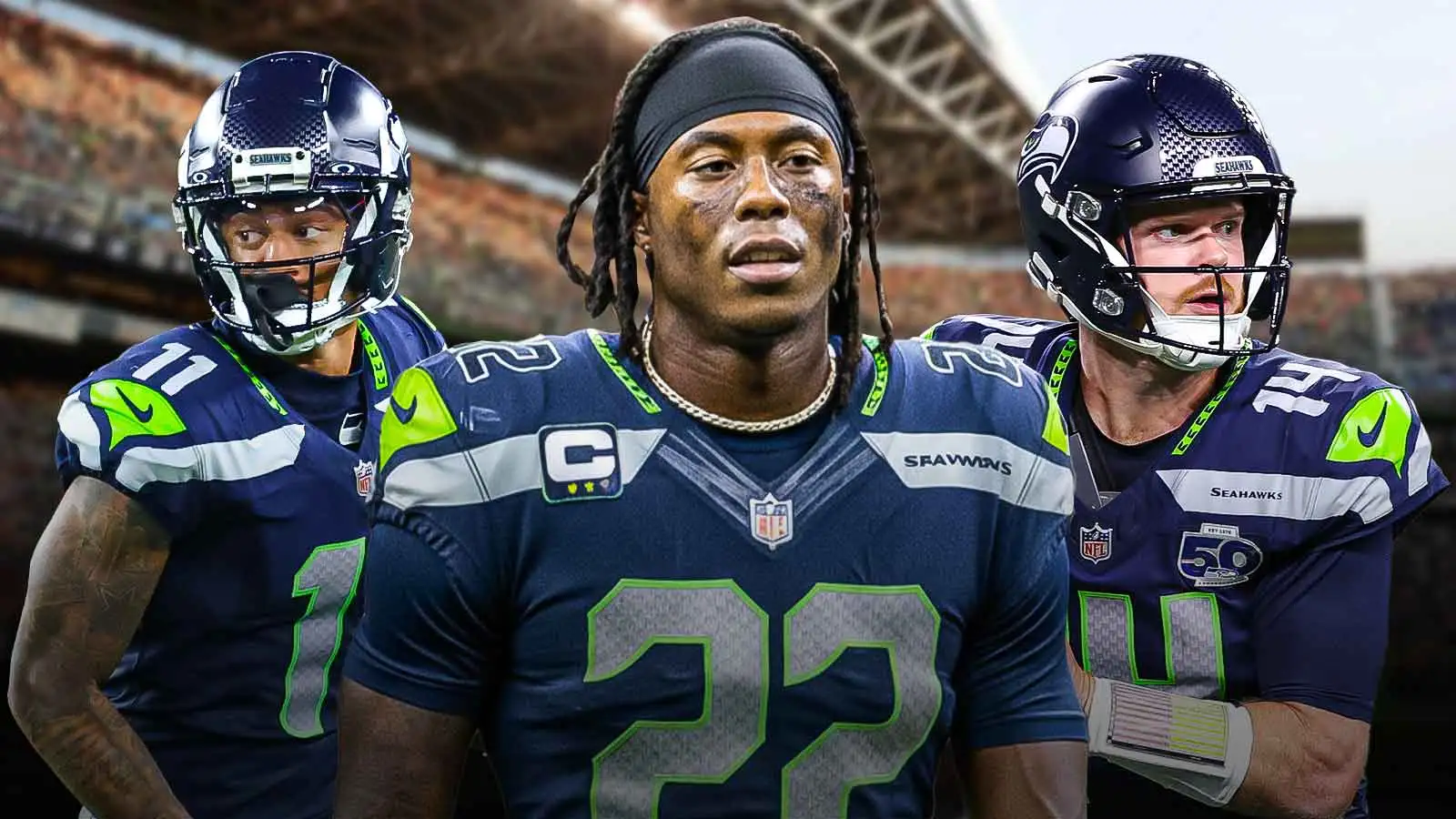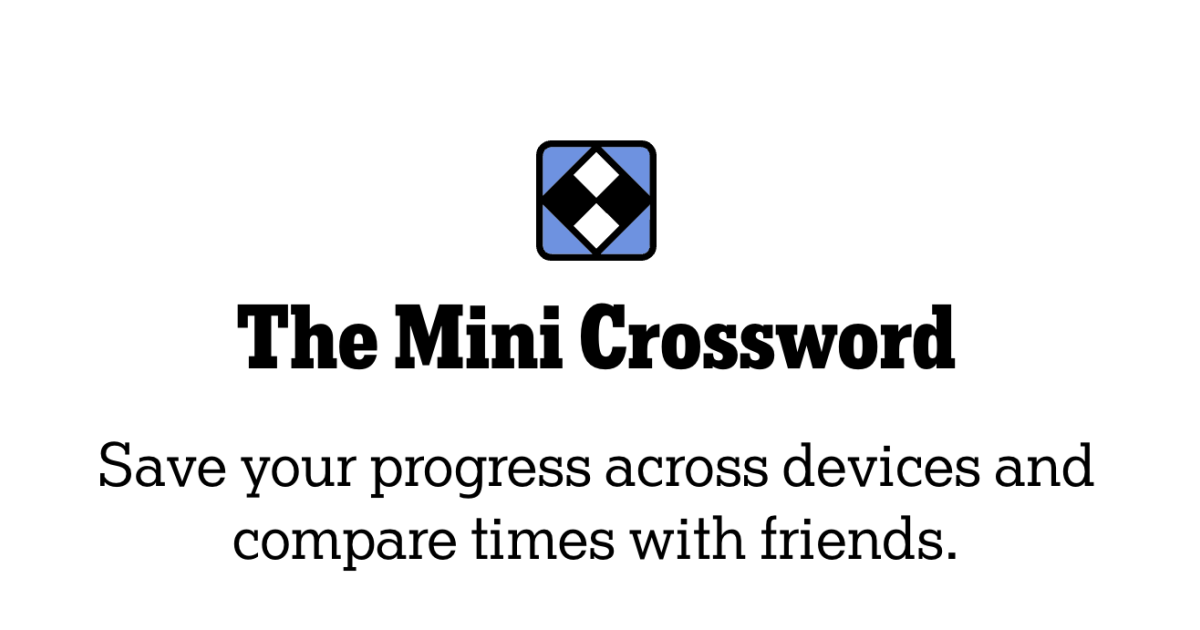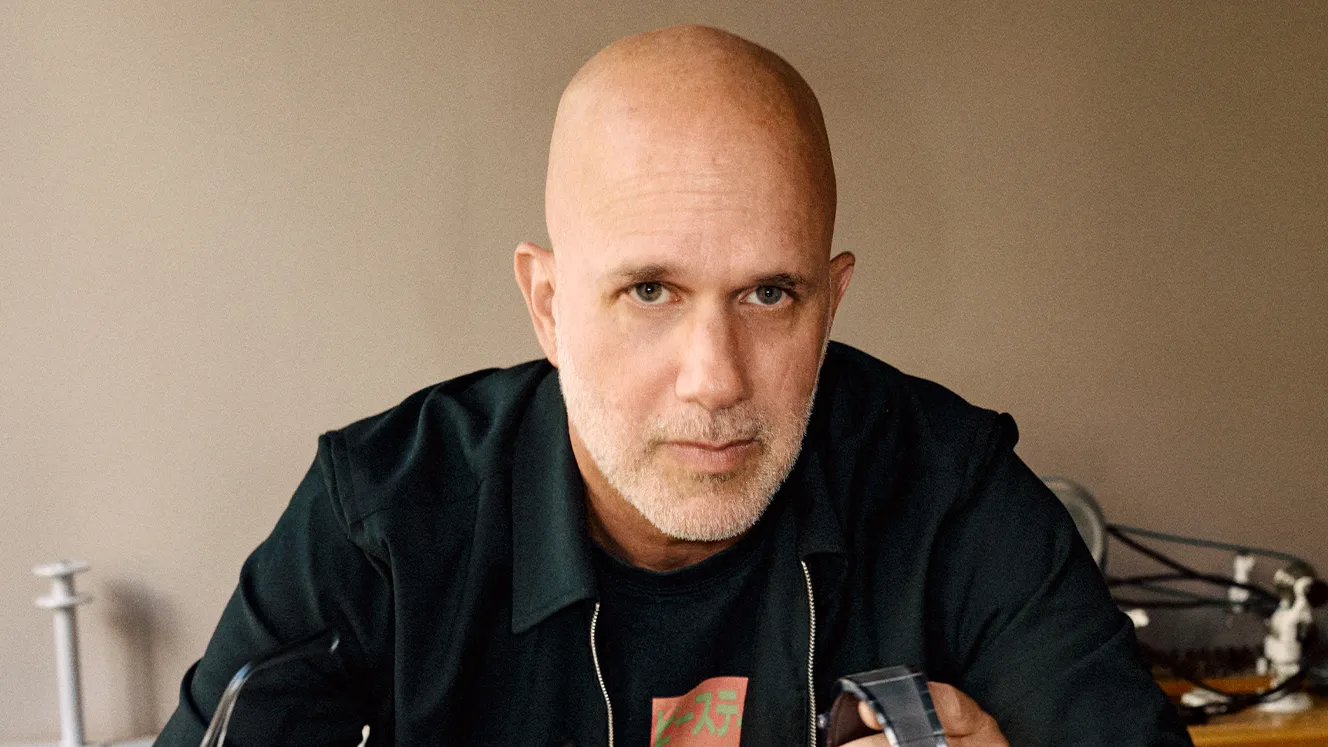Copyright clutchpoints

The Seattle Seahawks made a statement at the 2025 NFL trade deadline. After years of carefully balancing development and competitiveness, general manager John Schneider and head coach Mike Macdonald made a decisive move that screamed “we’re all in.” Note that Seattle is sitting at 6-2 and eyeing a deep playoff run. They just bolstered their already dangerous offense while maintaining discipline and long-term vision. This was a calculated, confident, and culture-aligned move. By acquiring wide receiver Rashid Shaheed and staying patient elsewhere, Seattle may have quietly executed one of the most successful trade deadlines in recent franchise history. Here we’ll try to look at and discuss why the Seattle Seahawks’ 2025 NFL trade deadline was a rousing success. Seahawks land Rashid Shaheed The Seahawks acquired wide receiver Rashid Shaheed from the New Orleans Saints ahead of the 2025 NFL trade deadline in exchange for two draft picks. The move provides quarterback Sam Darnold and the offense with another deep-threat option. On paper, he perfectly complements the team’s potent passing attack and explosive rushing game. Shaheed is already familiar with offensive coordinator Klint Kubiak’s system from their time together in New Orleans during the 2024 season. That familiarity will fast-track his integration into the playbook. The trade reinforces Seattle’s determination to chase a Super Bowl in a competitive NFC landscape. In an era where timing is everything, Seattle pulled the trigger at just the right moment—adding speed, spacing, and versatility to an already dynamic offense. Going for it Make no mistake: the Seahawks are going for it. Pairing Shaheed with Jaxon Smith-Njigba gives Seattle one of the most dynamic wide receiver duos in the conference. Their skill sets perfectly complement each other. JSN wins off the line and dominates on intermediate routes. Meanwhile, Shaheed’s world-class speed forces defenses to stay honest over the top. It’s a nightmare for defensive coordinators. Play too close, and Shaheed burns you deep. Play too soft, and JSN picks you apart underneath. We’ve already seen what Kubiak can do with Shaheed. During their stint together in New Orleans in 2024, Shaheed logged four games of 73-plus yards in just six appearances before injuries derailed his season. He was the sparkplug of the Saints’ early offensive success. Now, reunited in Seattle with Darnold playing MVP-caliber football, the possibilities are electric. Adding Shaheed to a passing offense that already runs smoothly and a punishing ground game featuring Kenneth Walker III and Zach Charbonnet is a masterstroke. The Seahawks’ tight end duo of AJ Barner and Elijah Arroyo also gives them flexibility in two-tight-end sets. This allows for devastating play-action sequences with Shaheed stretching the field and JSN working the seams. As for the Saints, the trade made sense from a rebuilding standpoint. They entered the deadline with just five picks in the 2026 draft. That was an unsustainable number for a roster full of holes. With Shaheed on the final year of his contract and Chris Olave due for a big payday, recouping draft capital was the pragmatic move. It may sting for Tyler Shough in the short term, but it positions New Orleans better for the future. Standing pat on the offensive line Yes, some pundits urged Seattle to pursue an offensive line upgrade, particularly at right guard. That said, the Seahawks made an intentional decision not to force a deal. That restraint proved wise. The front office showed trust in its existing unit, which has held up remarkably well despite preseason skepticism. By not overpaying for a short-term fix, Seattle preserved valuable picks for the next few drafts. That helps them maintain flexibility for future moves. Remember that offensive line cohesion is a delicate balance. Inserting a new piece midseason often does more harm than good. By keeping their current core intact, the Seahawks ensured stability and continuity in protection schemes. In short, Seattle didn’t panic. In doing so, they protected both their future and their locker-room chemistry. Avoiding panic trades In a year when several teams made splashy, high-risk trades, the Seahawks resisted the urge to overreact. Instead, they chased fit and sustainability. They sidestepped the chaos that sometimes follows big-name acquisitions. As such, Seattle’s locker room remains focused, tight-knit, and aligned with its culture-first philosophy. Unlike teams that mortgaged their future for short-term gain, the Seahawks chose calculated improvement over impulsive ambition. Seattle’s front office has long been one of the most disciplined in football. This deadline was no exception. Every move (and non-move) reflected confidence, structure, and strategy. Fortifying their status Ultimately, the Seahawks’ 2025 trade deadline strengthened their position as legitimate Super Bowl contenders in a wide-open NFC. Shaheed fills a precise need without disrupting the existing offensive rhythm. The rest of the roster remains one of the deepest and most balanced in the league. Of course, the NFC is unpredictable. Still, the Seahawks’ mix of elite skill talent, sturdy defense, and smart management gives them a distinct advantage. Unlike other teams that scrambled to plug holes, Seattle refined what was already working. Final thoughts The 2025 trade deadline proved that the Seahawks are operating at the intersection of ambition and discipline. They improved meaningfully without jeopardizing the future and strengthened their offensive identity. Rashid Shaheed’s arrival is more than a tactical addition. It’s symbolic, representing a franchise that knows exactly who it is, what it needs, and how to get there.



